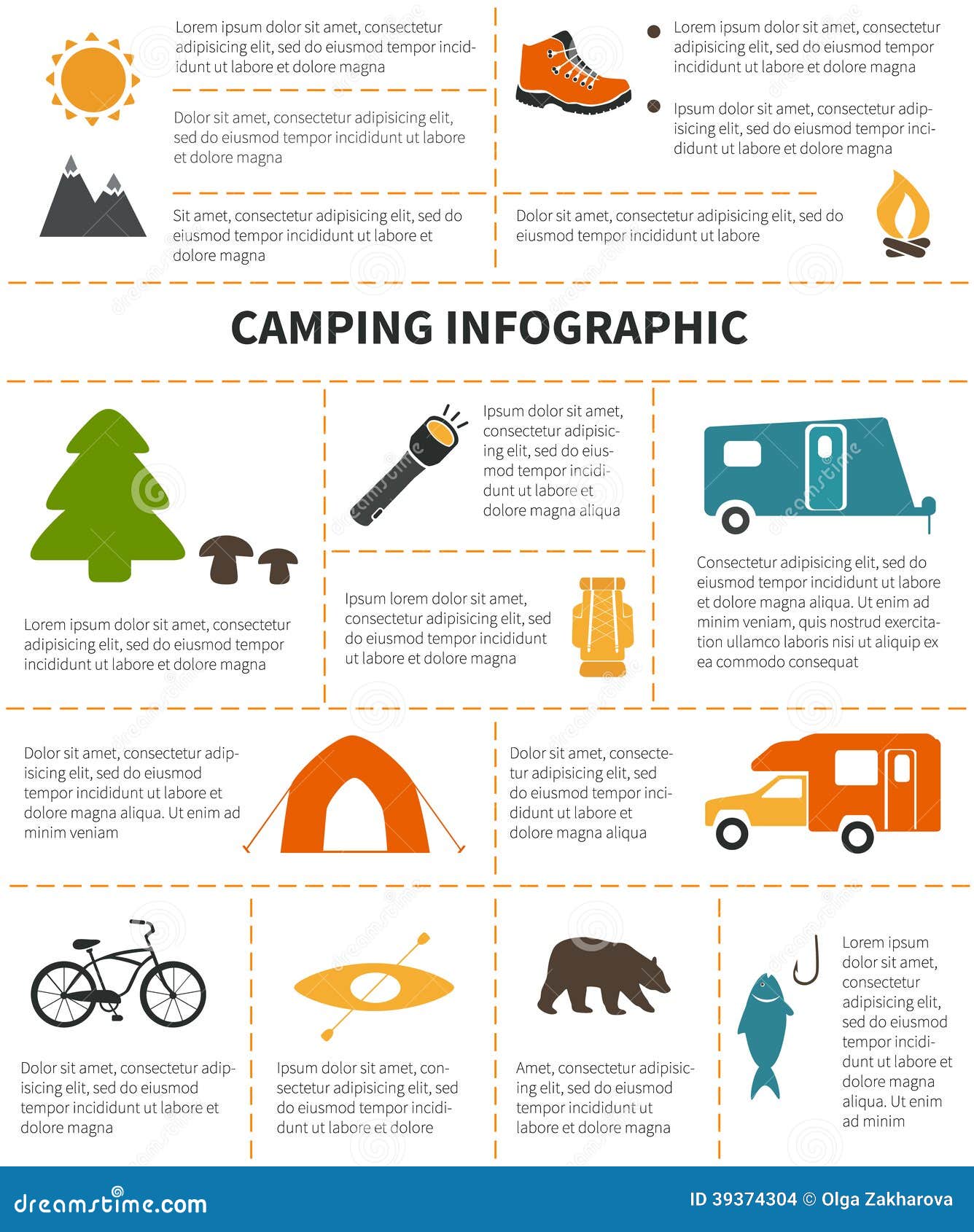Wintertime outdoor camping is a fun and daring experience, however it requires correct gear to guarantee you stay cozy. You'll need a close-fitting base layer to catch your body heat, in addition to a protecting coat and a water resistant covering.
You'll additionally require snow stakes (or deadman anchors) buried in the snow. These can be linked making use of Bob's creative knot or a normal taut-line drawback.
Pitch Your Tent
Winter season camping can be an enjoyable and daring experience. Nonetheless, it is essential to have the appropriate equipment and know how to pitch your camping tent in snow. This will certainly protect against cold injuries like frostbite and hypothermia. It is also essential to consume well and remain hydrated.
When establishing camp, make sure to pick a site that is sheltered from the wind and without avalanche risk. It is additionally an excellent concept to pack down the area around your tent, as this will help reduce sinking from body heat.
Prior to you established your outdoor tents, dig pits with the very same dimension as each of the support factors (groundsheet rings and guy lines) in the center of the tent. Fill these pits with sand, stones and even stuff sacks full of snow to small and protect the ground. You might likewise intend to take into consideration a dead-man anchor, which involves tying tent lines to sticks of wood that are buried in the snow.
Pack Down the Area Around Your Camping tent
Although not a requirement in a lot of areas, snow risks (likewise called deadman anchors) are a superb addition to your tent pitching set when camping in deep or pressed snow. They are essentially sticks that are designed to be buried in the snow, where they will freeze and develop a strong anchor factor. For best outcomes, use a clover drawback knot on the top of the stick and bury it in a couple of inches of snow or sand.
Set Up Your Outdoor tents
If you're camping in snow, it is a great idea to utilize a tent made for winter season backpacking. 3-season outdoors tents work great if you are making camp below tree line and not anticipating especially extreme weather, however 4-season tents have tougher poles and materials and offer even more protection from wind and heavy snowfall.
Make certain to bring appropriate insulation for your sleeping bag and a warm, completely dry inflatable floor covering to sleep on. Inflatable floor coverings are much warmer than foam and help stop cold areas in your outdoor tents. You can likewise include an extra floor covering for resting or cooking.
It's additionally a good concept to establish your tent near a natural wind block, such as a group of trees. This will certainly make your camp much more comfy. If you can not find a windbreak, you can develop your own by digging openings and hiding objects, such as rocks, outdoor tents stakes, or "dead man" anchors (old outdoor tents individual lines) with a shovel.
Tie Down hunting Your Tent
Snow risks aren't required if you make use of the right methods to secure your outdoor tents. Buried sticks (perhaps accumulated on your approach walking) and ski posts work well, as does some version of a "deadman" hidden in the snow. (The concept is to create an anchor that is so solid you will not be able to pull it up, despite a great deal of initiative.) Some producers make specialized dead-man anchors, yet I prefer the simplicity of a taut-line hitch linked to a stick and afterwards buried in the snow.
Understand the terrain around your camp, particularly if there is avalanche risk. A branch that falls on your tent could damage it or, at worst, harm you. Additionally be wary of pitching your tent on a slope, which can trap wind and bring about collapse. A protected area with a low ridge or hill is much better than a high gully.
